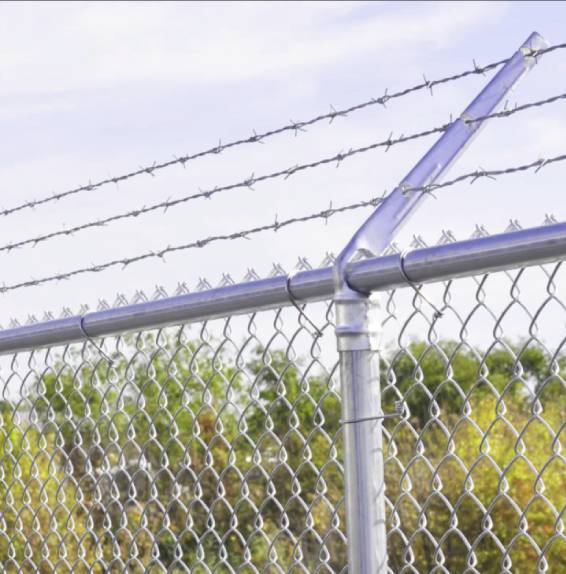Durable Steel Barbed Wire Solutions for Enhanced Security and Effective Perimeter Protection
The Role of Steel Barbed Wire in Modern Fencing Solutions
Steel barbed wire, a time-tested fencing solution, has been widely used to enhance security and define property boundaries across various settings. Its durability, versatility, and cost-effectiveness make it a popular choice for agricultural, industrial, and residential applications. Often recognized for its sharp barbs that deter intrusion, barbed wire has evolved over the years, but its fundamental design remains rooted in its historical significance in land management and security.
The origins of barbed wire can be traced back to the late 19th century, primarily as a means to protect livestock and delineate property lines on the open range. As the American West expanded, farmers and ranchers started using barbed wire to keep cattle and other animals contained while preventing them from roaming freely onto neighboring properties. This innovation quickly revolutionized agriculture, providing an efficient and effective method for livestock management.
Manufactured from high-strength steel, barbed wire can withstand harsh environmental conditions and resist damage from animals or weather. The steel’s toughness ensures longevity, making it a reliable choice for both temporary and permanent fencing solutions. Moreover, its resistance to rust and corrosion, particularly when coated with a layer of galvanized steel, significantly reduces maintenance costs and enhances its lifespan.
In modern applications, steel barbed wire is not only used in agricultural settings but also plays a critical role in securing industrial sites, military bases, and correctional facilities. Its intimidating structure acts as a psychological barrier, making intruders think twice before attempting unauthorized access. In this way, barbed wire serves as both a physical deterrent and a visual warning, contributing to a comprehensive security system that may include surveillance cameras, alarms, and other deterrents.
steel barbed wire

However, the use of barbed wire does come with its set of considerations. While it provides an effective way to keep out trespassers, it can also pose risks to humans and animals alike. Accidental injuries can occur, especially in areas frequented by children or pets. Consequently, it is crucial for property owners to assess the installation of barbed wire thoroughly, ensuring it is applied in ways that mitigate potential hazards while still achieving the desired level of security.
Furthermore, the use of barbed wire has raised concerns regarding aesthetics and environmental impact. In residential areas, homeowners may prefer alternatives that blend more seamlessly with the landscape. Fencing options like wooden fences, vinyl, or ornamental iron can provide security without sacrificing visual appeal. In sensitive ecological areas, alternatives like natural barriers or non-invasive fencing may be favored to protect local wildlife.
Despite these concerns, the demand for steel barbed wire continues due to its functional advantages. It remains a cost-effective solution for farmers and businesses in need of robust fencing that safeguards their assets. Innovations in barbed wire design, such as the development of less intrusive and more sophisticated materials, are also being explored, paving the way for a balance between security and safety.
In conclusion, steel barbed wire is a vital component of modern fencing solutions. Its durability, effectiveness, and affordability make it an enduring choice for various applications. As we move forward, the challenge lies in ensuring that while we benefit from its protective qualities, we also address the potential risks and aesthetic considerations that come with its use. Balancing security needs with humane and environmental concerns will continue to shape the future of fencing and land management.
-
Space-Saving Chain Fence Hacks Vertical Gardening with Cyclone MeshNewsJul.16,2025
-
Innovations in Iron Nail Wire Production for Modern ConstructionNewsJul.16,2025
-
Creative Uses of Wire Netting Fence in Modern Landscape DesignNewsJul.16,2025
-
Barbed Wire Fence Innovations in Anti-Climb TechnologyNewsJul.16,2025
-
Architectural Uses of Umbrella Nails for Aesthetic Roof DesignsNewsJul.16,2025
-
Architectural Uses of Razor Barbed Wire in Secure Urban DesignNewsJul.16,2025




